| CCR – APS processes | |
 Schematic conceptual view of photocatalyst oxidation & photocatalyst reduction + synthesis processes |
|
| Catalyst induced processes in Artificial PhotoSynthesis applying our concept of CCR – Carbon(dioxide) Capture and Recycling (or Regeneration/Reactivation/Reuse/…)
Our CatELab-APS/e3 catalyst elaboration/E-Lab simulation software embodies a science-based simulation “reactor” kernel and a virtual lab which emulates any imaginable laboratory setup and configuration found or conceived in the real world. It elaborates GHG-to-fuel CCR transformed conversion processes by tailoring the catalyst required for meeting the producer’s desired fuel type output in any given inter-combined environmental condition setup with respect to GHG compound and density, temperature and pressure. All is achieved in separate but integrated process steps:
This step is however not mandatory for the ensuing second dual-step-process to come alive, while the H2O (water) split that occurs in step 1 easily and often favorably could be substituted for hydrogen plus-ion production by means of electrolysis of water, yielding an identical result: feeding H+ ions into step 2 processes.
The fulfilment of input requisites is also allied with the competitive market prices for each type of fuel produced — supplying the right energy market product is fine, doing it from GHGs – thereby cleaning out the atmosphere from their detrimental impact – is super. But only so long as it is produced and put on sale at a competitive price. The market alone will decide how competitive any output product will prove to be. Customers may well find themselves motivated to pay more for clean fuels, just like some of us fancy even expensive organically grown foods, but in order to truly bring about a change in terms of an adequate atmospheric cleanup, putting a halt to acidification, ice meltoffs and climatic catastrophes, we need to attract the vast majority that often primarily consume what comes at the best price. Low production costs and utilization of existing distribution infrastructure is the best way to ensure this, hence not founding any hopes on political decisions like tax regulations or product subsidizing.
Our CatELab-APS/e3 software will enable the elaboration of catalysts suitable for various conditions and applications: diluted atmospheric GHGs at various atmospheric air temperatures and at normal atmospheric pressures; concentrated car exhaust outlet GHGs at high temperatures and elevated gas pressure (compare with today’s nitrogen transforming catalytic converters, mandatory underneath every modern car); concentrated industry and power plant smokestack GHGs at reduced temperatures and moderate pressure; any today not anticipated application dealing with any range of concentration, temperature and pressure. Also, of course adapted to the type of fuel the energy producer desires to output at any given facility or mobile catalytic converter setup. This implies that we have designed our software to work with any given combined level of those four production conditions, be they high or low, dense or diluted, hot or cold, respectively. At the very finish line we wish to – and we see no reason not to – be able to offer a software that can be managed in a simple way by non-scientist personnel, simply operated through intuitive web browser interface parameter calibrations of the anticipated transformation process input conditions as well as the desired outputs by turn. |
|
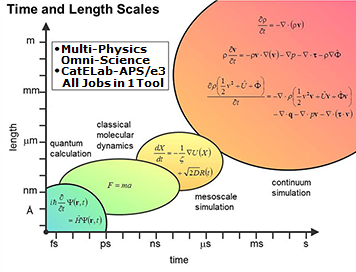 Time- & length scale view of scibase math areas or levels coverage by CatELab-APS/e3 simulator (image by courtesy of Max Planck Institute of Colloids and Interfaces). Relate to the following graphics below. |
|
| Catalyst Elaboration through virtual Multi-Physics, Omni-Science simulation based on real world mathematical calculation Our CatELab-APS/e3 catalyst elaboration/e-Lab simulation software is none short of an Omni-Science & a Multi-Physics simulation cross-over hybrid platform, that will be released in various “reactor” kernel and virtual lab versions, as said above emulating any imaginable laboratory setup and configuration found or conceived in the real world.All our product versions for various contemporary science hot spots bear the kinship and the sword’s mark of Acwareus Climate-Energy Solutions, be it brought to market under separate trademarks or hosted by separate partnering hosts. Here offered, this Catalyst Elaboration/E-Lab ad hoc setup version through simulations and natural emulations enables the elaboration of GHG-to-fuel CCR transformation and conversion processes by tailoring the catalyst(s) required for meeting the producer’s desired fuel type output, in any given inter-combined environmental condition setup with respect to GHG compound and density, temperature, pressure and other key factors. It thereby fully integrates with other featured versions of our product line.The “reactor” kernel, regardless of released version dedicated to a demanded ad-hoc featured scientific hot-spot, operates seamlessly inside all four main fields of mathematical or iteratively approaching numerical fields or levels of calculation: quantum calculation » carries out computations in the small quantum cohomology ring of any Grassmannian of classical type. More precisely, it covers ordinary Grassmannians (type A) and Grassmannians of isotropic subspaces in a symplectic vector space (type C) or in an orthogonal vector space (type B or D), aimed at studying the small quantum cohomology rings of submaximal isotropic and orthogonal Grassmannians. molecular dynamics » studies the physical movements of atoms and molecules, it’s thus a type of N-body simulation. Trajectories of atoms and molecules are determined by numerically solving Newton’s equations of motion for a system of interacting particles, where forces between the particles and their potential energies are calculated using interatomic potentials or molecular mechanics force fields. mesoscale simulation » visualizes the pattern formation aspects related to materials science. This includes activities on solidification in multicomponent alloys, kinetics of phase transformations, dislocations and cracks, friction, and the modeling of polycrystalline materials, phenomena appearing on dimensions between the atomic and continuum scales. continuum simulation » incorporates calculated smaller-length scale quantities (e g yield stress, chemical reaction pathways) into continuum models. Through the use of arbitrary Lagrange/Eulerian codes, the software evaluates sensitivity and impact of these fundamental quantities at the continuum length scale. All these calculations are accompanied by templates, models, attributes, schemes, configuration, parameterization, and non-mathematical based factual approaches inside e g Biology, Chemistry, Biochemistry, Electro-science %amp; Electronics, Physics etc where e g bacteria, cell-membranes, mitocondria and proteins enter the stage. |
|
 Schematic view of design steps and intrinsic constraints to scibase math areas or levels covered by CatELab-APS/e3 simulator |
|
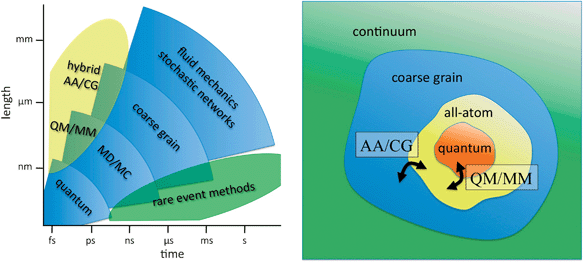 Bi-projectional (sideways & top-down) views of scibase math areas or levels covered by CatELab-APS/e3 simulator |
|
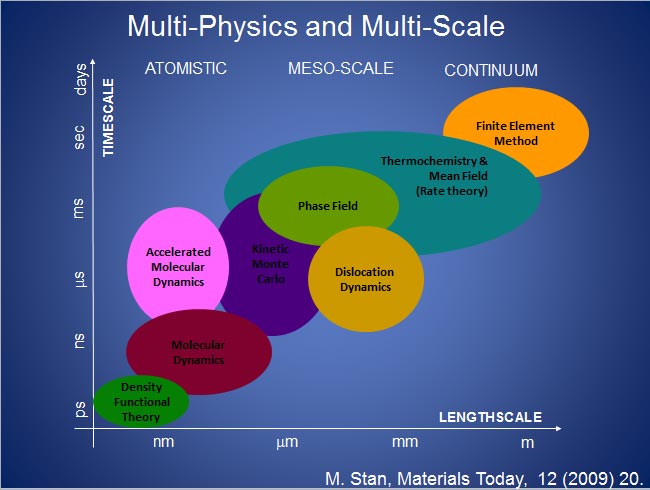 More detailed time- & length scale view of scibase math areas or levels coverage by CatELab-APS/e3 simulator (image by courtesy of M. Stan, Materials Today) |
|
CCR – APS processes
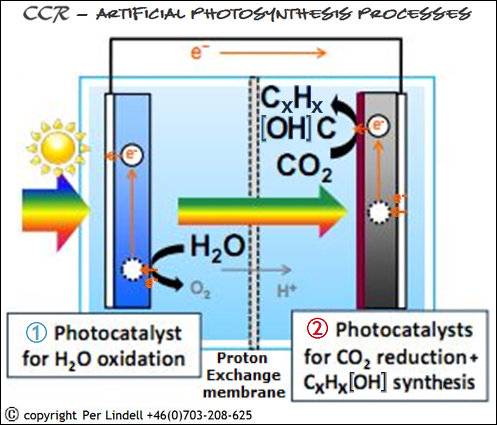
 »
» »
»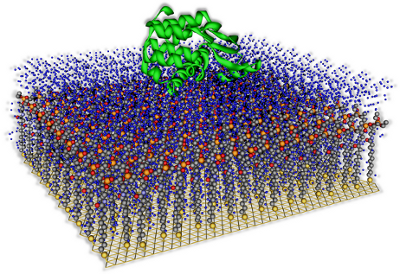
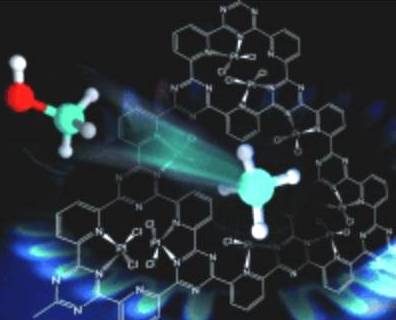
8 thoughts on “CCR – APS processes”